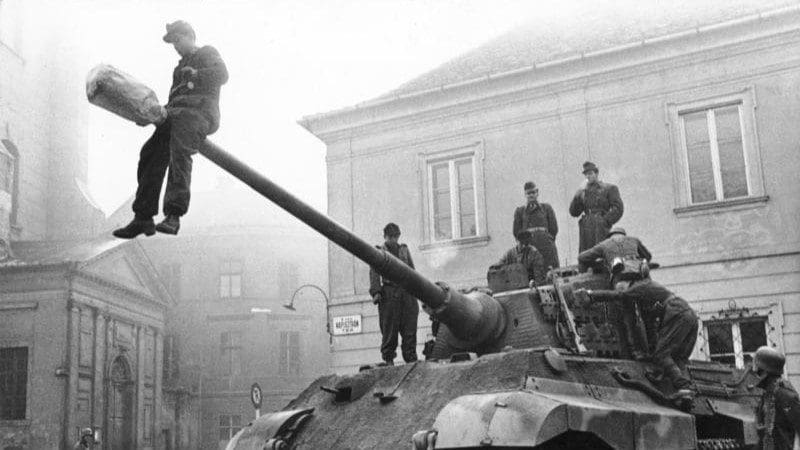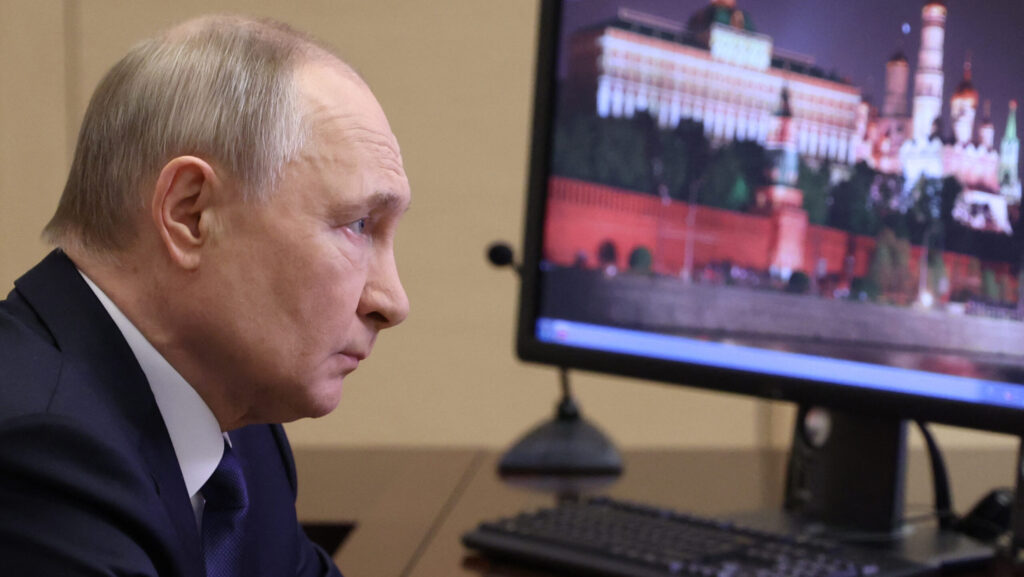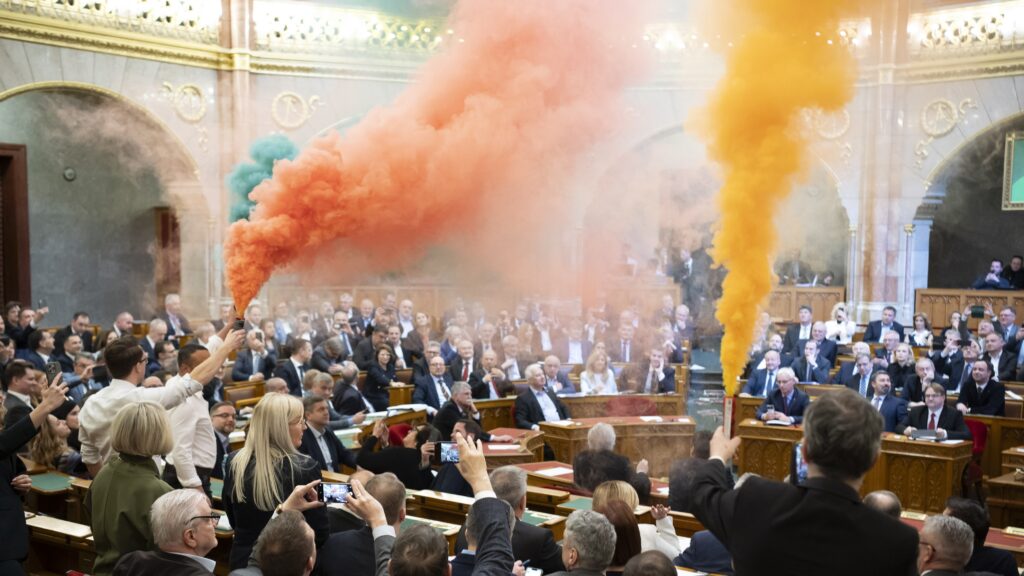(Ákos Bartha: Véres város. Fegyveres ellenállás Budapesten, 1944–1945. Budapest, Jaffa, 2021. 423 pages.)
Historian Ákos Bartha embarked on a grand undertaking when he wrote a chronicle of the armed resistance in Budapest in 1944–45, titled Bloody City (Véres város). Perhaps the biggest problem is not even that of condensing the vast primary source material into a readable volume, in an enjoyable style and with scholarly rigour—Bartha has overcome all those obstacles without a hitch. A much greater challenge is to avoid the landmines lurking in the battlefield of narratives, as the current consensus of mainstream historiography is that
there was no such thing as armed resistance in Hungary during the German occupation.
Bartha’s book is not a self-serving exercise in picking and choosing idols, but rather a stray into largely unexplored territory in its choice of subject. Of course, the previous Socialist regime spoke a lot of brave Soviet partisans and Communist resisters, but those stories were exaggerated and—inevitably—distorted, and the activities of the right-wing Hungarian Christian or Zionist Jewish resisters were hushed up.
The book dispels these illusions by tracing the events of the armed resistance in Budapest from the day of the German occupation (19 March 1944) to the liberation (in other words, the Soviet occupation), including resistance fighters, right-wing resistors, Jewish labour servicemen who opened fire on the Germans and, of course, some leftists and Communists.
Meanwhile, the author does not build up romantic myths: he clearly states that ‘the main person responsible for the failed attempt to leave the German side was the Regent’, that is, Miklós Horthy (p. 132). Meanwhile, he is not unfair to Hungary, describing the situation of the time in a nuanced way. He writes: ‘the political organisation of the Hungarian resistance was achieved with striking speed, within two months.’ However, this swiftness hardly impressed the great powers. ‘The Hungarians too must follow the example of the Danish people in resistance and organised sabotage,’ warned the London radio on 5 July 1944, five years after the occupation of Denmark, but less than four months after the German invasion of Hungary. (pp. 31-32). These were big expectations, and too soon.
The author’s reflection on whether it might not have been better to avoid armed resistance is important.
Research on the phenomenon of retaliation is almost entirely absent from the domestic literature
on the Second World War, even though ‘in moral terms, armed resistance was both justifiable, because it was directed against the Nazis, and questionable, because it caused confusion and terrible suffering in exchange for very modest results.’ (p. 298).
Bartha highlights that it is a painful phenomenon that the non-Communist Hungarian resisters ‘have been relegated to the no-man’s land in terms of memory politics in the 21st century.’ (p. 299). Hopefully, in the future, more attention will be devoted to the anti-Nazism not only of Endre Bajcsy-Zsilinszky or Lieutenant General János Kiss, but also that of István Lendvai, István Zadravecz or even Gyula Kornis. It is true that they did not (all) think in terms of armed resistance, but the political and intellectual resistance also has to be explored. The author’s point of view is well illustrated by the fact that he does not limit the category of armed resistance to ‘killing Germans with a gun’, but also includes, for example,
the protection of the persecuted using weapons
—and the weapons did not necessarily had to be fired. (pp. 300-301).
Ákos Bartha has written an important and taboo-busting book that will shape our thinking on the subject for years to come. The only thing I find the book a little lacking in is that, although of course in keeping with its stated aim—unfortunately focuses only on the capital, with events in the countryside almost completely omitted.
Bloody City definitely provides all readers, regardless of their worldview and knowledge or lack of knowledge of books published on the subject, with new insights into the complex twentieth-century Hungarian history and the history of resistance from the Bloody City—and with a pleasant reading experience at the same time.








